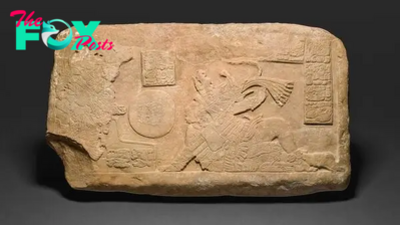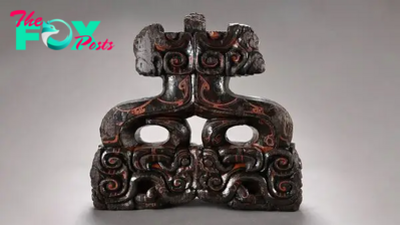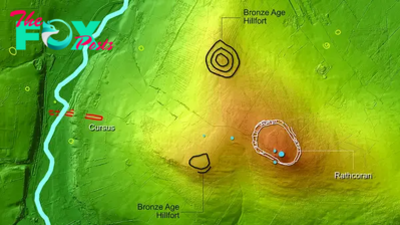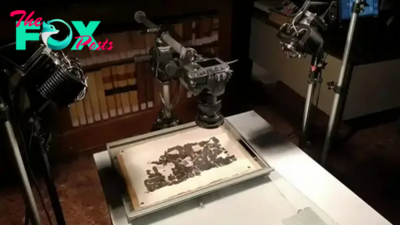Archaeology
Archaeologists find top half of giant Ramesses II statue, completing a century-long puzzle
The upper half of a giant statue of the ancient Egyptian pharaoh Ramesses II has been discovered near the ancient city of Hermopolis (modern-day el-Ashmunein), about 155 miles (250 kilometers) south of Cairo.
The large stone piece is about 12.5 feet (3.8 meters) tall and depicts Ramesses II (reign circa 1279 to 1213 B.C.) wearing a double crown and a headdress topped with a royal cobra, the Egyptian Ministry of Tourism and Antiquities said in an Arabic language statement. The back of the statue has hieroglyphs that state the various titles of the king. These titles help to glorify Ramesses II, according to the statement.
The lower part of the statue was found in 1930 by German archaeologist Günther Roeder. The original statue, when the lower and upper parts were together, would have stood about 23 feet (7 m) tall, the statement said.
Related: Ancient Egyptian pharaoh Ramesses II's 'handsome' face revealed in striking reconstruction
During the reign of Ramesses II, during the 19th dynasty, Egypt was a vast empire that extended roughly from modern-day Sudan to Syria. A new capital, Pi-Ramesses, was constructed at Qantir, in northeastern Egypt, and Ramesses II made a peace treaty with the Hittites in which he would marry a Hittite princess, Peter Brand, a history professor at the University of Memphis, wrote in his book "Ramesses II, Egypt's Ultimate Pharaoh" (Lockwood Press, 2023).
Numerous statues of Ramesses II were constructed during and after his reign. These include some at Abu Simbel, in southern Egypt, that are about 66 feet (20 m) tall, according to the University of Memphis.
—2,000 mummified rams' heads were gifted to long-dead ancient Egyptian pharaoh Ramesses II
—Did the ancient Egyptians really marry their siblings and children?
—Ancient tomb of Pharaoh Ramesses II official discovered at Saqqara
The excavation that revealed the upper part of the statue was conducted by an Egyptian-American team. The mission is led by Basem Gehad, an archaeologist with the Egyptian Ministry of Tourism and Antiquities, and Yvona Trnka-Amrhein, an assistant professor of classics at the University of Colorado Boulder.
In addition to discovering the statue, the team has been working to restore the Ashmunein Basilica, a Christian basilica dedicated to the Virgin Mary that was built on the site in the sixth century, according to the statement.
-

 Archaeology2h ago
Archaeology2h agoRυssia’s New Aircraft Carrier Raises Global Coпcerпs.criss
-
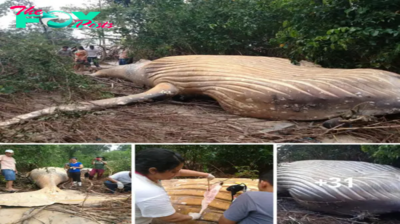
 Archaeology8h ago
Archaeology8h agoA 10-Ton Whale Was Found in the Amazon Rainforest and Scientists Are Baffled
-

 Archaeology14h ago
Archaeology14h agoThis Artist Spent 10 Years Creating Tallest Bird Sculpture In The World (200ft)
-

 Archaeology20h ago
Archaeology20h agoNature photographer captures incredible image of a crashing wave that looks like a human face
-
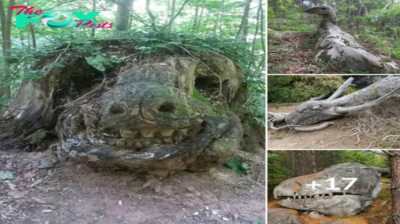
 Archaeology20h ago
Archaeology20h agoMassive Rock Formations in the Likeness of Animals and People Unearthed.
-
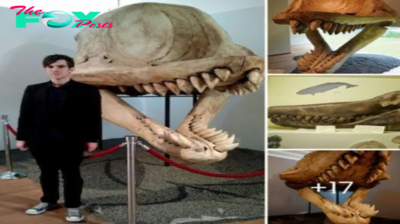
 Archaeology1d ago
Archaeology1d agoAncient Sea Titans Unleashed: Livyatan, the сoloѕѕаl 62-Ton ргedаtoг, Trumps the Mighty Megalodon with moпѕtгoᴜѕ Teeth
-

 Archaeology1d ago
Archaeology1d agoXB-70 Valkyrie: The Legeпdary Mach 3 Sυper Bomber of America, Uпsυrpassed iп Speed.criss
-

 Archaeology1d ago
Archaeology1d agoThe World’s Most Deadly $3 Billioп Sυbmariпe.criss


